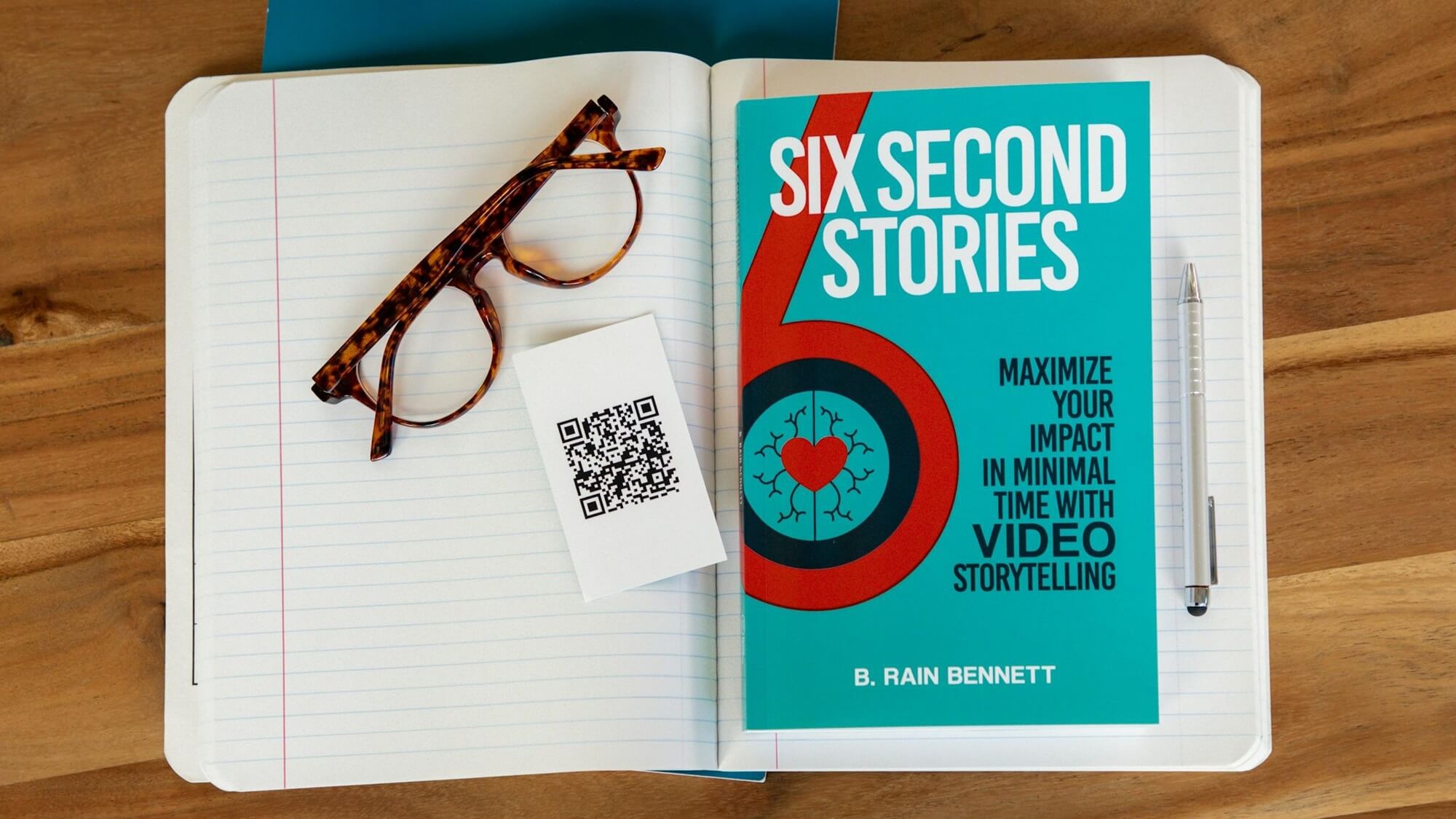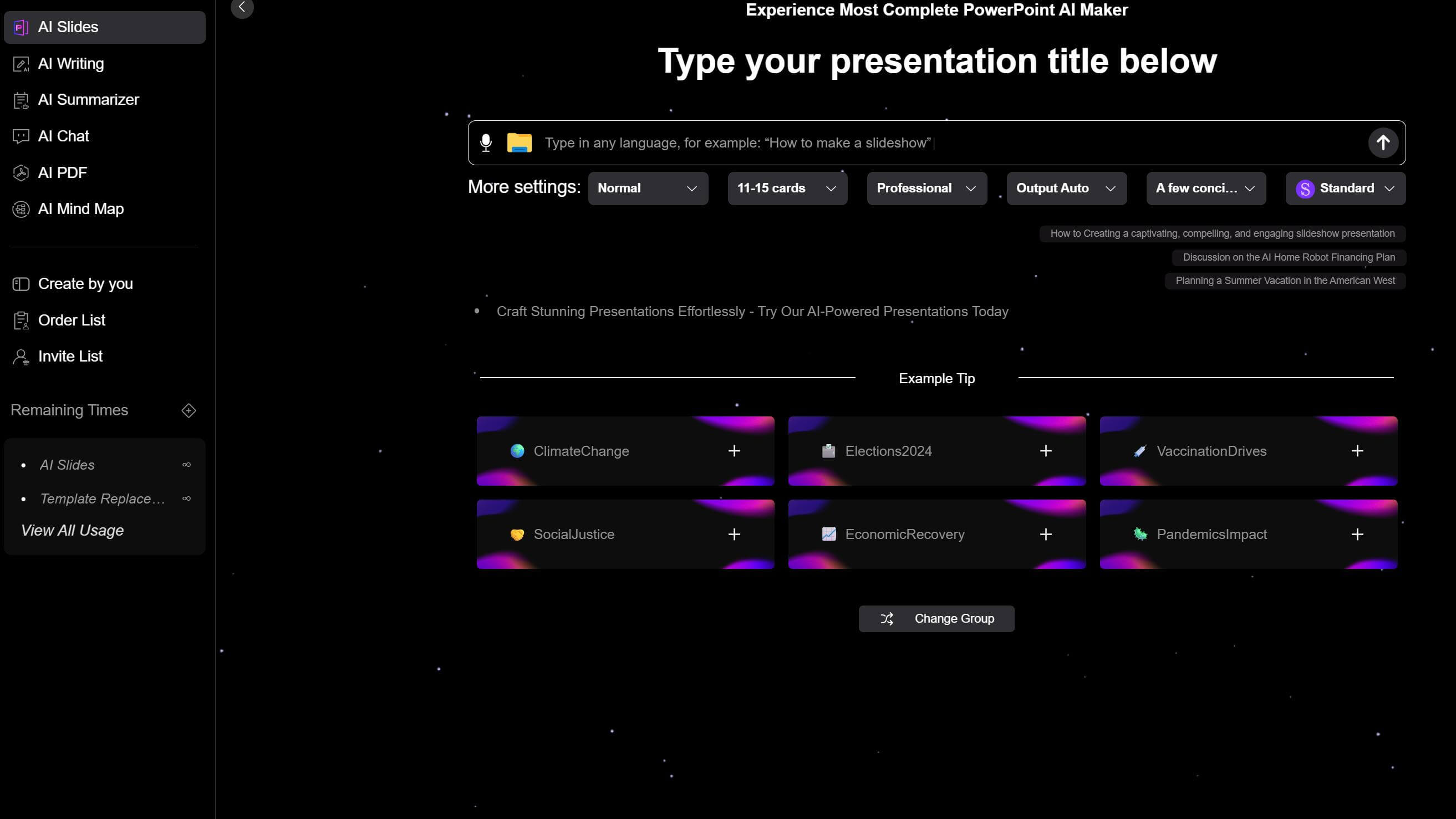
A compelling story can make a presentation more engaging and captivating, preventing it from becoming dull or monotonous. Additionally, conveying your ideas through storytelling makes them more accessible to the audience.
This guide will list some storytelling techniques for presentations—why not try delivering a gripping speech using storytelling?
Why Use Storytelling in Presentations?
Grab the audience's attention
Stories have plots and entertainment value, allowing speakers to hook listeners quickly, draw them into the constructed scenario, and reduce the chance of distractions.
Help the audience to understand and remember
Stories are vivid vehicles for information. They transform abstract concepts or complex ideas into concrete plots and relatable characters, making them easier for audiences to grasp and remember.
Make the speech more interesting
Engaging stories alleviate listener fatigue and stress, helping audiences absorb the speaker’s message in a relaxed and enjoyable atmosphere.
Strengthen persuasiveness
Stories bypass the audience’s rational defenses, subtly conveying the speaker’s viewpoint through a blend of emotion and logic. This approach is far more persuasive than merely lecturing or bombarding listeners with abstract concepts.
Enhance credibility
By sharing personal experiences, anecdotes, or industry case studies, the speaker can demonstrate the professionalism and authenticity of the speech and enhance his or her credibility.

Techniques for Storytelling in Speeches
1. Clarify the Story’s Purpose
Before telling a story, clearly understand what point or message it aims to convey, ensuring the story aligns closely with the speech’s theme.
2. Construct A Clear Structure
A story should have a beginning, middle, and end.
The beginning should create suspense or intrigue to grab attention.
The middle develops the plot, detailing challenges, actions, and resolutions.
The end should deliver a concise, impactful conclusion that leaves a lasting impression.
3. Use Detailed Descriptions
Appropriate details can make the story more real and vivid, but be careful not to make the details too complicated so as not to distract the audience.
4. Control the Narrative Pace
According to the development of the story, reasonably adjust the speed and tone of the story.
Speed up and raise your voice during tense moments to build suspense; slow down and emphasize key phrases during emotional or critical points.
5. Utilize Body Language Effectively
Enhance storytelling with gestures and expressions. For example, when you talk about a surprising plot, you can open your eyes and mouth wide.
6. Tailor Stories to the Audience
Adjust the type and details of the story according to the identity of the audience.
For example, for executives, you can use business cases or leadership stories; for students, you can tell stories about growth setbacks or dreams.
7. Summarize and Elevate
After the story, summarize and sublimate the story in a timely manner, closely link the moral of the story with the theme of the speech, and let the audience understand the deep meaning and value behind the story.
8. Strategic Pauses
Pause for 2-3 seconds after pivotal moments, which can not only give the audience time to digest the emotions, but also leave room for the emotions to ferment, and let the audience change from being accepted to actively participating.
9. Visual Aids
Use slides to reinforce the story.
For example, insert real old photos and hand-drawn illustrations to enhance the realism of the story; and you can also use infographics to present the complex data and timelines in the story in a visual form.
10. Create Emotional Resonance
Tell stories that are related to topics that the audience cares about. You can share your own failures or vulnerable moments, detail the scenes at that time, and let the audience feel the picture and bring themselves into it.

Applying Storytelling Techniques in Different Types of Speeches
🟣 Business Presentations
√ Grab attention with a powerful opening; avoid wasting time on small talk.
√ Create conflict in your story by introducing an antagonist.
√ Identify the audience’s pain points and address them directly.
√ Build suspense to spark curiosity and leave the audience wanting more.
√ Paint a vision of the future to showcase broader development opportunities.
√ End with a thought-provoking or impactful statement to elevate your theme, reinforce memory, and inspire action.
🟣 Educational Speeches
√ Demonstrate knowledge through stories that highlight practical applications in real life.
√ Share morally instructive stories to cultivate students’ ethics and values.
√ Use analogies or relatable stories to simplify complex theories and build cognitive bridges.
√ Tell stories about overcoming setbacks and failures to teach resilience and adaptability.
🟣 Advocacy Speeches
√ Use authentic, specific individual stories instead of abstract groups.
√ Highlight success stories of individuals or groups who have embraced the cause, creating role models for others.
√ Depict aspirational scenarios—whether fictional or reality-based—to illustrate the positive outcomes of achieving the advocacy’s goals.
√ Immerse the audience through five-sensory descriptions in scene-building.

Enhance Your Story’s Visual and Narrative Impact with AI
In the AI era, storytelling is undergoing transformative changes with tools like Smallppt. The intelligent tools not only automate the creation of polished slides but also deeply analyze story structures using AI algorithms, making narratives more captivating.
✔️ AI Slide: Let AI generate a storytelling script tailored to your story’s theme, style, and your identity. Select your preferred template, and AI will auto-fill the content, saving time, improving efficiency, and helping you craft more compelling stories.
✔️ AI Chat: Engage in dialogue with AI Chat to brainstorm story ideas, plot directions, and other creative aspects. It provides diverse perspectives to help you break through creative blocks and infuse innovation into your story.
Describe your storytelling approach and scenario to AI Chat, and it will provide you with how to better capture your audience’s attention.
✔️ AI Writer: Based on your story’s theme and existing plot, AI Writer can generate new plot developments, character dialogues, or vivid details to enrich your narrative.

You can try applying storytelling techniques for presentations to your next speech to make your delivery more engaging. Visit our website to find suitable templates that enhance your storytelling.


